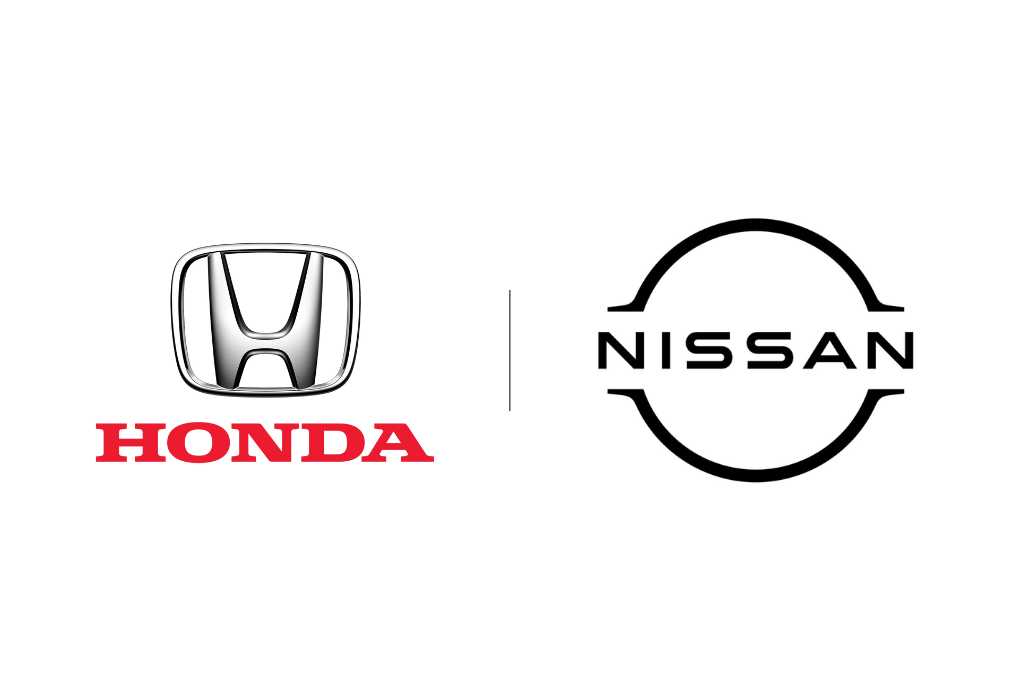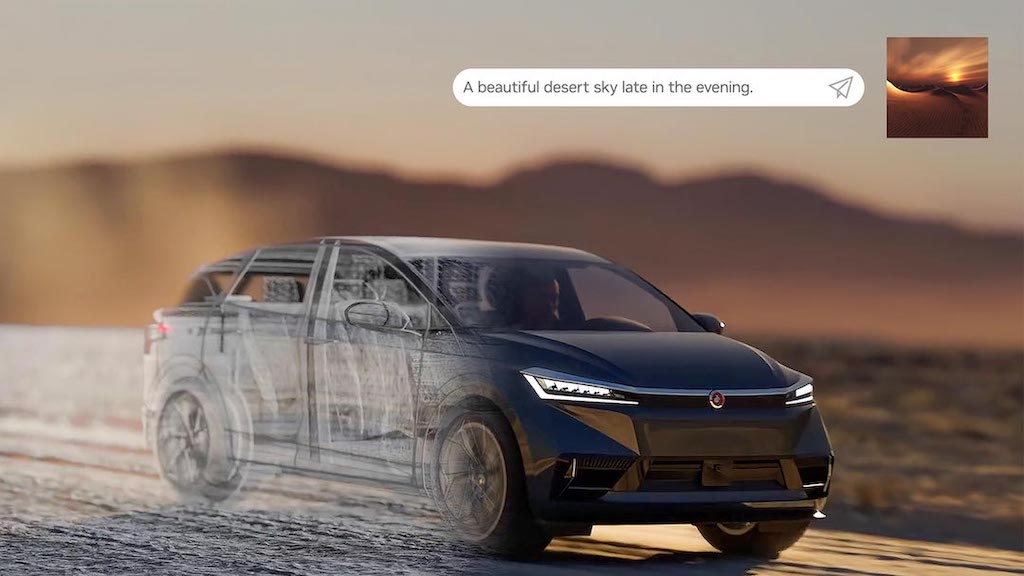By The Malketeer
Japan’s Auto Giants Unite to Combat Tesla and China’s EV Dominance
In a seismic shift that promises to reshape the global automotive landscape, Honda and Nissan have announced plans to explore a historic merger that would create the world’s third-largest automaker.
The proposed union of these Japanese automotive titans signals a dramatic response to mounting pressures from Tesla and Chinese electric vehicle manufacturers.
A Marriage of Necessity in the Age of Disruption
The proposed merger, targeting completion by August 2026, would forge an automotive powerhouse with combined sales of 30 trillion yen (RM861 billion).
This strategic consolidation represents the industry’s most significant transformation since the creation of Stellantis through the Fiat Chrysler-PSA merger in 2021.
The timing couldn’t be more critical.
Both companies have recently struggled in the Chinese market, where domestic manufacturers like BYD have rapidly gained market share with innovative electric vehicles.
Nissan’s recent announcement of 9,000 job cuts and a 20% reduction in global production capacity underscores the urgent need for transformation.
Building a Japanese Automotive Powerhouse
The merger would create a formidable force in the global automotive industry, with Honda, valued at over US$40 billion, taking the lead by appointing the majority of the holding company’s board.
The inclusion of Mitsubishi Motors in the alliance would push the group’s global sales beyond 8 million vehicles, challenging the current third-place position held by South Korea’s Hyundai-Kia group.
Electric Dreams and Digital Ambitions
The roots of this merger can be traced to earlier collaborations on electrification and software development.
In March, the companies began exploring cooperation in these crucial areas, later extending their partnership to include Mitsubishi Motors in August.
This consolidation appears to be a direct response to the industry’s rapid shift toward electric vehicles and digital innovation.
Challenges and Skepticism
Not everyone is convinced of the merger’s potential success.
Former Nissan Chairman Carlos Ghosn, speaking from Lebanon where he remains a fugitive from Japanese justice, expressed doubts about the compatibility of the two automakers.
Meanwhile, French automaker Renault, Nissan’s largest shareholder, has indicated openness to examining the implications of the deal.
The Road Ahead
As the automotive industry continues its unprecedented transformation, this merger represents more than just a combination of assets—it’s a bold statement about the future of mobility.
With Tesla’s continued dominance in the electric vehicle space and Chinese manufacturers’ rapid advancement, this union of Japanese automotive giants could prove to be a decisive move in maintaining Japan’s position as a global automotive powerhouse.
The market has responded positively to the news, with Honda’s shares rising 3.8%, Nissan up 1.6%, and Mitsubishi Motors gaining 5.3%.
As the companies work toward their targeted June 2025 completion of merger talks, the global automotive industry watches with keen interest to see how this historic consolidation will reshape the competitive landscape.
MARKETING Magazine is not responsible for the content of external sites.









